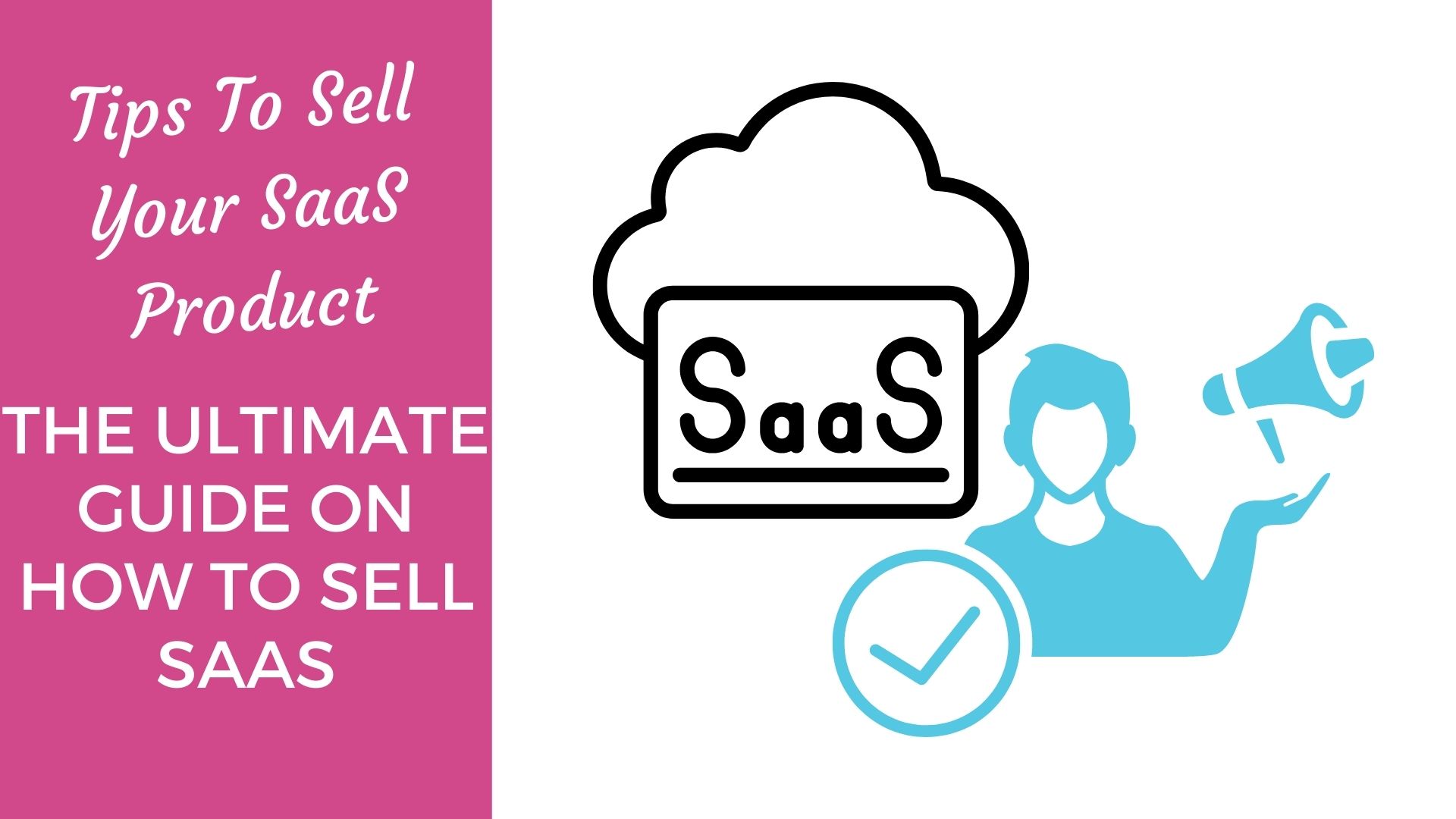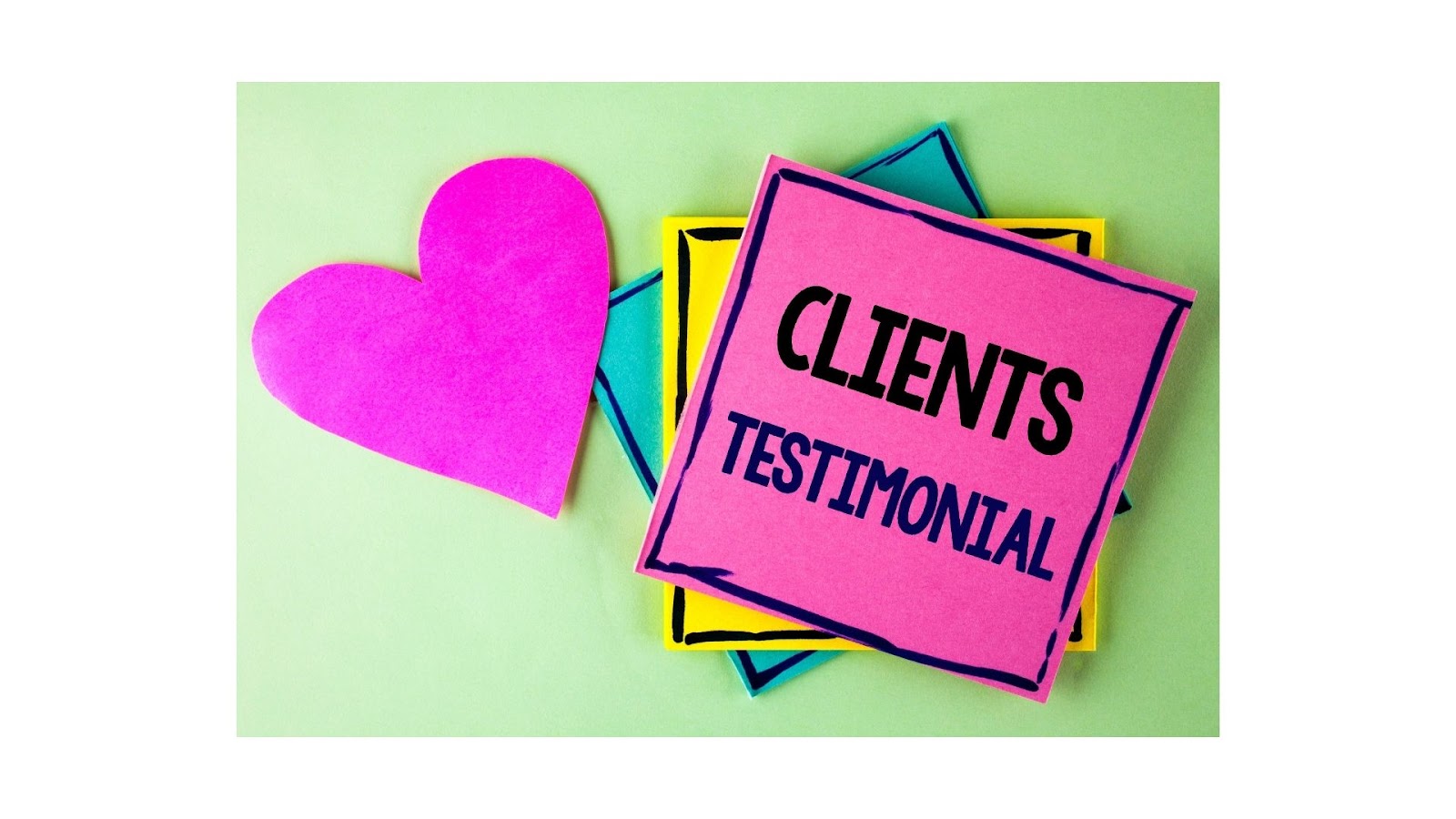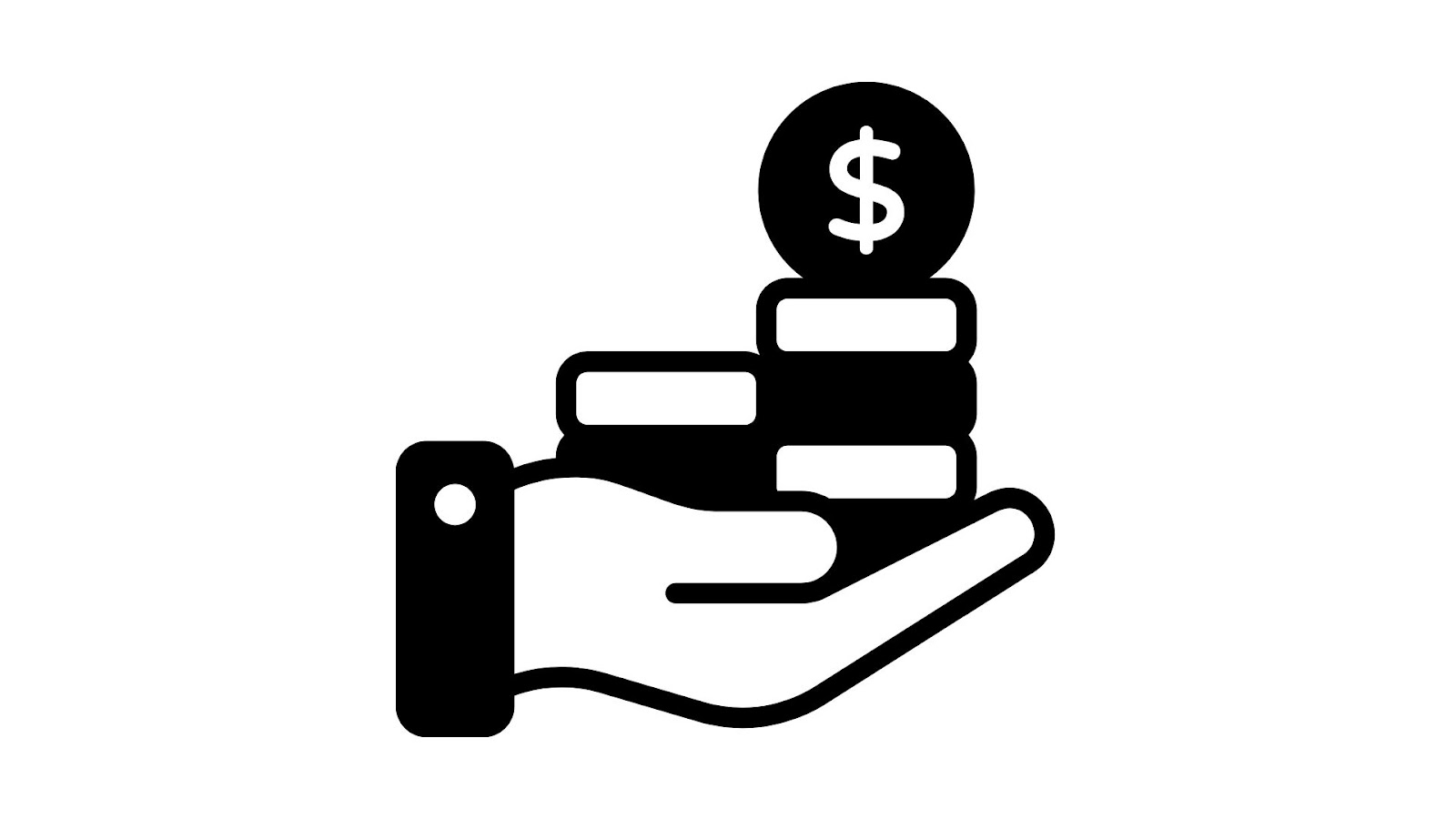As a service provider, your goal should be to sell your product. Essentially, you are in the business of offering services to customers. But, before you can start doing this, you have to sell yourself to potential customers. And, there are certain rules and techniques that work magic in helping you do that. This guide is dedicated to these techniques and rules and will prove handy when you are wondering how to sell your SaaS products.

SaaS products are one of the hottest market segments out there. And, if you have a product that is related to SaaS, then it will be very difficult for you to make sales without learning how to sell your service online.
There are several reasons why this should be so; first and foremost because people like buying things from other people in exchange for money or services. It's just human nature! You can't expect them not to do it as long as they see value in what they're getting.
The second reason I want you to learn these techniques: People who know how to sell. The more you know about how to sell, the better your chances of making sales are.
And the third reason: Do you want to make a lot of money with SaaS products? Then learn this stuff!

This guide will help you in learning how to sell SaaS products online and also teach you some other things that may come in handy for your business as well (I'll explain those later on). So without further ado, let's get started.
There are certain things that you should know before attempting to sell your SaaS products. These include:
1) Understand Why People Buy From Other People in Exchange For Money or Services - When people buy from other people in exchange for money or services, they are most often buying something that is of value to them. This means that the buyer has a need and wants to get what he needs from someone who provides it.
2) Understand Why People Buy From You - When people buy from you, they are likely buying your service because They have heard about how good you are in providing this service; They want to use your product/service but don't know where else could be found; Or maybe even both!
3) Know What Your Product Is About - The first thing I would recommend doing when trying to sell your product is to make a list of the most important features and benefits that you have in mind. This will help you focus on what people are looking for when they buy from other people. It also helps if you can find out what problems exist with similar products so that it would be easier for potential customers to understand why buying from someone else may not work as well (or at all).

4) Know What You're Selling - The second thing I would recommend doing before selling anything online is knowing exactly how much value your product or service has over its competitors. If this isn't clear, then you should probably consider making a different product.
5) Make Sure You Know What Your Product Is Worth - The third thing I would recommend doing before selling anything is knowing what your product or service is worth to potential customers. This will help you determine whether the price that you are asking for (or offering) in exchange for money/services is fair and reasonable enough to be accepted by potential customers. If not, then try again until this becomes clear!
6) Get Feedback From Potential Customers - Once people have purchased from other people who sell similar products like yours and gotten unsatisfactory results, they will be more likely to buy from you. The best way to do this is by asking them what their experience was like and how much value they got out of your product/service.
That said, here are some tips on how to sell SaaS products:
Tip #1 - Offer Strategic Trial Periods for acquiring new customers: When you are selling a SaaS product, you will want to make sure that potential customers know what they're getting into before buying from you. This is why I recommend offering trial periods for new customers so that people can get familiar with your service/product and see if it works for them.
Tip #2 - Stay in Contact with your prospects during & after the Trial Period: Once people have purchased from you, they will not be able to get in touch with you for a while. This is why it's important that your sales team stays in contact with them after the trial period has ended and make sure that they understand how much value their product/service brings to them (and what other benefits it provides).
Tip #3 - Provide Demos through your sales team: Showing people through a demo of your product/service is the best way to get them interested in it. This will make them more likely to buy from you and also provide potential customers with confidence that they are getting value out of what they're buying (and making sure that this value is not coming at a high cost). You can streamline the demo creation process by integrating one of the best interactive product demo tools on the market into your tech stack. With the dedicated software, you can easily create, tailor, and share these demos so that you can send the perfect demo to every prospect regardless of where they are in the sales funnel
Tip #4 - Testimonials & References: When selling SaaS products, testimonials and references can be very effective tools for convincing potential buyers about how much their money would be worth if they were going to purchase your service or product.

Tip #5 - Provide Value-Based Pricing: When selling SaaS products, you need to make sure that your prices are value-based and not just expensive. If your pricing is too high, potential customers will be more likely to look for other options because they'll feel like their money is being wasted on something that doesn't provide them with enough value (or at least not as much value as they had hoped).
Tip #6 - Don't oversell the benefits of your product/service: Selling SaaS products requires a lot of time & effort from salespeople, so it's important that they don't oversell the benefits of your product/service.
This is because if a potential customer feels that you're trying to sell them something, it's going to be more difficult for them to trust what you have to say and buy from you (because they'll feel like they've been tricked). It also makes it much harder for salespeople when there are people who are not buying their products or services.
Tip #7 - Offer Discounts: If a potential buyer doesn't purchase right away, then offer discounts as incentives so that people will go ahead and make the decision (and purchase) right away. Discounts can be used to make up for the fact that they didn't buy at first and also because if a customer is going to purchase something, then it's likely that they're not looking for the best price (and may even have already found another option).
Tip #8 - Use Social Proof: When selling SaaS products, you need to use social proof as an effective tool so potential customers will feel more comfortable buying from you. This means making sure your company has lots of positive reviews from happy clients/customers on sites like Yelp & Google+. You can also use social proof by giving testimonials from people who have purchased your product/service so that potential customers can see how well other people feel about it.
Tip #9 - Don't be too aggressive: Salespeople need to make sure they don't come across as being too pushy or aggressive when trying to sell SaaS products because this will turn off a lot of potential buyers and may even prevent them from buying at all (especially if the salesperson is not very good with their customer service skills). It's important for salespeople to show empathy & respect towards their clients in order to make sure they feel like their business is being taken care of.
Tip #10 - Be Authentic: Salespeople can use social proof by making themselves seem more authentic and trustworthy than other companies in the SaaS space because it will give potential customers a better feeling about buying from them (because you're not just trying to sell something that's cheap & low quality). You should also try your best to be honest with potential buyers, so they know exactly what they'll get when purchasing from you.
Salespeople need to be able to track their sales performance because this will help them improve their selling skills and also give them a better idea of what works for different types of SaaS products.
There are many tools that can help you track your sales performance, including Google Analytics, Clicky, HubSpot Sales & Marketing Reports.
The Key Metrics that Salespeople should be tracking include:
1. Total Revenue (Sales Price): You need to track your total revenue so you can see how much money you've made from all of your sales efforts over time. If a company is growing fast, then the amount of money being made will increase quickly as well, and this can help motivate employees by showing them that their hard work has been paying off for the business in terms of increased revenue & profits.
2. Average Order Value (AOV): This metric gives an idea about what kind of products are selling best for each type/size/ type of customer. The AOV is the average price that a buyer paid for your product or service, and it's important because this helps you figure out what products/services are worth investing in (because if they're not profitable, then there must be something wrong with them).

3. Average Order Quantity: This metric tells you how many orders have been made per month by each type of customer & it can help salespeople to determine which types of customers will buy more frequently than others, so they should try their best to cater towards these specific groups.
4. Total Revenue Per Customer: If salespeople are able to identify which customers make the most money, then they can focus on those types of sales and try their best to get as many people buying from them.
5. Average Revenue Per Lead: This metric is a good way for salespeople to figure out how much revenue each lead brings in because it gives an idea about how valuable each customer or potential customer might be (if you're selling software, then this will give you an idea about if your product/service is worth investing in). If leads aren't bringing in any revenue, then there must be something wrong with them & this will help salespeople figure out what they need to do differently.
6. Average Revenue Per Order: This metric is a good way for salespeople to see how much revenue each order brings in because it gives an idea about how valuable each product or service might be (if you're selling software, then this will give you an idea if your product/service is worth investing in).
If orders aren't bringing any revenue, there must be something wrong with them & this can help motivate the business by showing that their hard work has been paying off, and they should keep working on improving things until profits start to increase.
7. Closed/Lost Deals: This metric is a good way for salespeople to see how many deals they closed & lost. If this number is low, then there are probably some things that can be done in order to improve it (such as creating better products/services or improving the marketing).
8. Average Deal Size: This metric will give you an idea of how big each deal was and if customers were buying more expensive items with their orders or not because sometimes people who buy larger amounts get discount rates on them which means that once these discounts have been taken off, the actual revenue generated by selling large quantities might be lower than what it would have been if they had bought smaller quantities.
9. Average Revenue Per Customer: This metric will give you an idea of how much revenue each customer-generated and can help salespeople see which customers are bringing in the most money (if this number is low, then there might be something wrong with them & that should motivate salespeople to find out why their clients aren't spending as much).
If orders aren't generating any revenue for a business, then there must be something wrong with them & this will help motivate businesses to figure out what needs to change in order for things to improve.